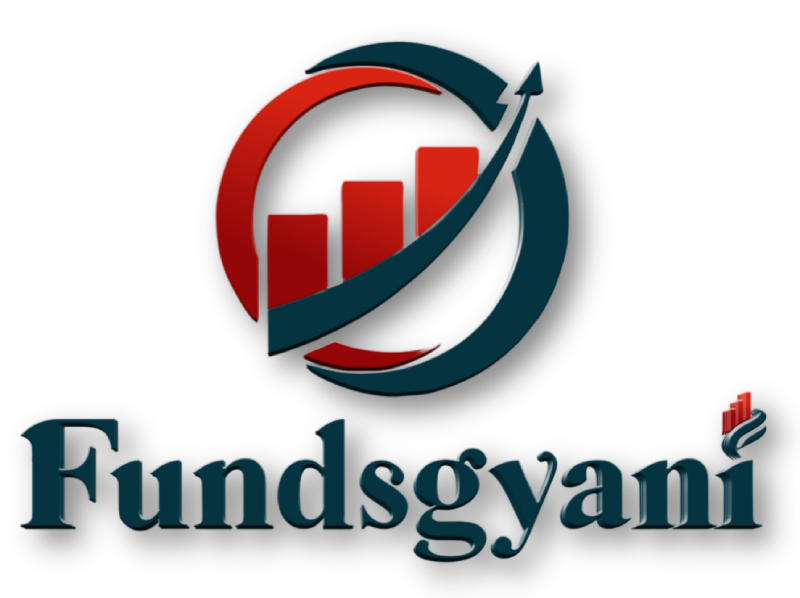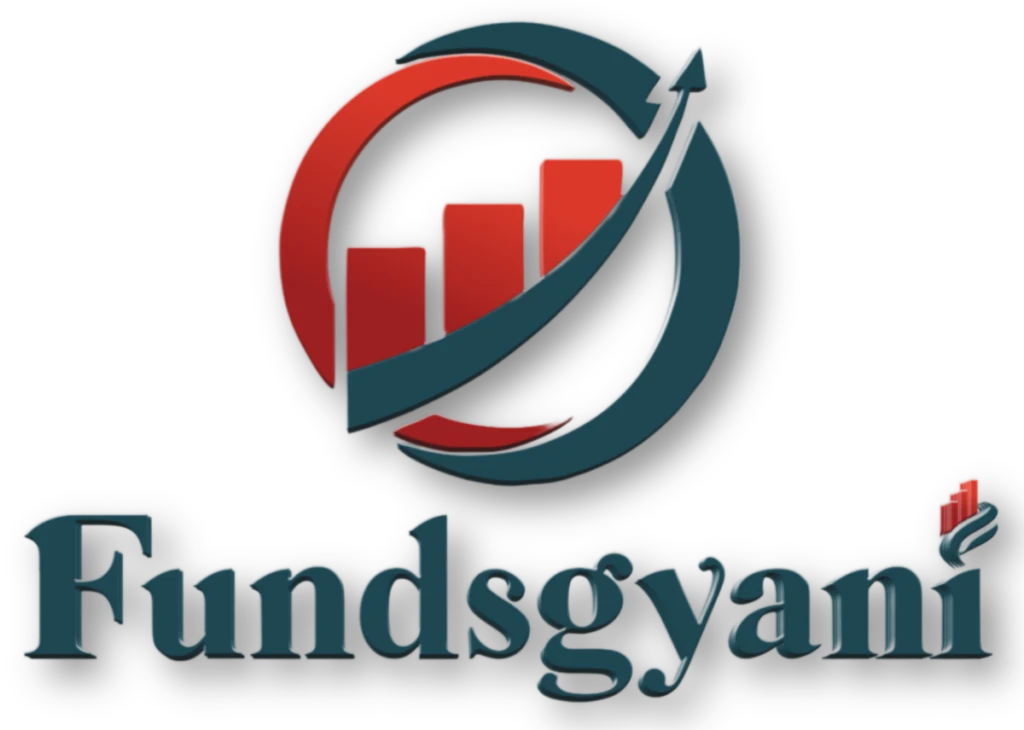HOME LOAN

A home loan is a type of loan provided by financial institutions, such as banks or mortgage lenders, to individuals for purchasing a home or property. The loan is typically secured by the property itself, meaning that if the borrower fails to repay the loan, the lender can seize the property through a legal process called foreclosure. Home loans are commonly used to finance the purchase of a home, but they can also be used for refinancing an existing home loan or for home improvements.
A home loan is a crucial financial tool that enables individuals to purchase a home by borrowing funds from a lender. It offers many benefits, including tax advantages, affordability, and long-term financial planning. However, it also carries financial risks, including long-term commitment and the possibility of foreclosure if payments are not made. It is essential for borrowers to carefully assess their financial situation, compare loan offers, and choose a home loan that aligns with their goals.
Key Features of a Home Loan:
Loan Amount: The amount of money you can borrow depends on factors like your income, credit score, property value, and the lender’s policies. Lenders usually provide a loan amount up to a certain percentage of the property’s value, known as the loan-to-value ratio (LTV). This ratio typically ranges from 70% to 90%, meaning you may need to contribute a down payment of 10% to 30% of the property value.
Interest Rate: The interest rate is the cost you pay for borrowing the money. It can either be:
- Fixed Rate: The interest rate remains constant throughout the loan tenure.
- Floating Rate: The interest rate changes based on market conditions, typically linked to a benchmark rate such as the bank’s lending rate or LIBOR.
Tenure: The tenure is the length of time over which the loan must be repaid. Home loans typically have long repayment periods, ranging from 10 to 30 years. The longer the tenure, the lower the monthly payments, but the more you pay in total interest over the life of the loan.
EMI (Equated Monthly Installment): The EMI is the fixed monthly payment that the borrower makes to the lender until the loan is paid off. It consists of both the principal and the interest. The EMI amount depends on the loan amount, interest rate, and tenure.
Down Payment: The borrower is generally required to make an initial down payment toward the cost of the property. The down payment is typically a percentage of the property value (e.g., 10%-20%) and is paid upfront, while the loan covers the remaining amount.
Collateral: A home loan is a secured loan, which means the property being purchased acts as collateral. If the borrower fails to repay the loan, the lender has the right to take possession of the property and sell it to recover the loan amount.
Processing Fees: Lenders often charge a processing fee for handling the loan application, which can be a fixed amount or a percentage of the loan amount.
Prepayment and Foreclosure: Some home loans allow the borrower to repay the loan before the end of the tenure (prepayment), either partially or fully. Some lenders charge a fee for early repayment, while others may allow it without penalty.
Types of Home Loans:
Home Purchase Loan: The most common type of home loan, used to buy a new or existing property.
Home Construction Loan: A loan to finance the construction of a new home or to make significant improvements to an existing property.
Home Renovation Loan: A loan for financing home improvements, such as repairs, remodeling, or upgrading various parts of the house.
Home Equity Loan: A loan that allows homeowners to borrow against the equity they have built in their property. The equity is the difference between the current market value of the property and the outstanding mortgage balance.
Home Loan Balance Transfer: This allows the borrower to transfer the outstanding balance of an existing home loan to another lender offering better interest rates or more favorable terms.
Government-Backed Home Loans: In some countries, the government offers home loans with lower interest rates or other benefits to certain groups of people, such as first-time homebuyers, veterans, or low-income individuals.
Advantages of a Home Loan:
Enables Homeownership: Home loans provide an opportunity for individuals who cannot afford to pay the full price of a home upfront to buy property and pay for it over time.
Long Repayment Period: Home loans typically have long tenures (10-30 years), making the monthly payments more affordable.
Tax Benefits: In many countries, borrowers can enjoy tax benefits on the interest paid on home loans, which can reduce the overall cost of the loan.
Fixed Asset: A home is a long-term investment and may appreciate in value over time, potentially increasing the borrower’s wealth.
Lower Interest Rates: Compared to unsecured loans (like personal loans), home loans usually come with lower interest rates because they are secured by the property.
Eligibility for a Home Loan:
Eligibility criteria for a home loan vary by lender but typically include:
- Age: Most lenders require borrowers to be at least 21 years old and no older than 60 or 65 at the time of loan maturity.
- Income: Lenders will assess the borrower’s income to ensure they can afford the EMI payments. A stable source of income is usually a key requirement.
- Credit Score: A good credit score is important for securing a home loan at favorable terms, as it demonstrates the borrower’s ability to repay debt.
- Employment Status: Lenders may prefer borrowers who are salaried or self-employed with a steady income.
- Property Type: The type and value of the property being purchased or constructed will also be considered.
Conclusion:
A home loan is a significant financial product that helps individuals finance the purchase or construction of a home. It allows for homeownership by spreading the cost of the property over a long period, with the home itself serving as collateral. While home loans come with many benefits, such as tax advantages and lower interest rates, they also involve long-term financial obligations and risks, especially if the borrower faces challenges in repaying the loan. Therefore, it’s essential to carefully assess your financial situation and choose the right home loan plan that fits your needs.

